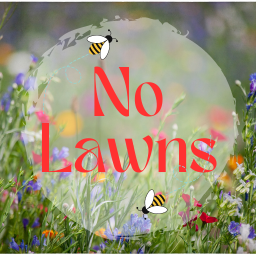

https://universal-blue.discourse.group/t/best-way-to-install-a-vpn-on-universal-blue/134
The OSTree layering option worked for me, well… I can get it to run once I turn off the ovpn I still have sitting in Fedora’s network settings. @[email protected]’s comment I fumbled around with and I’ll wait to see if it updates.
Most of my time is spent in Linux Mint but if I ever have to reinstall, I’ll switch over to a ublue flavour.








https://universal-blue.discourse.group/c/bazzite/5
Discussion forum for the readers.